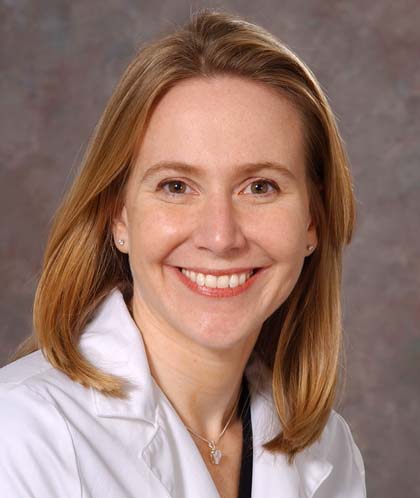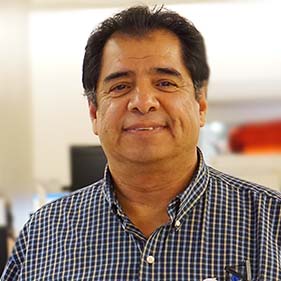While concern over the COVID-19 pandemic has dominated the headlines over the past year, another public health crisis has been lurking in plain sight: the drug epidemic.
The U.S. Centers for Disease Control and Prevention estimates that more than 100,000 Americans — including about 10,000 in California — died of drug overdoses during the year-long period that ended April 2021. It marks the first time more than 100,000 people have died from a drug overdose in a 12-month period and a 200% increase since 2015.

"There are numerous factors driving the rapid rise of drug overdose deaths in the U.S, including the proliferation of synthetic opioids that are highly concentrated and the increased mental health needs of our community due to the pandemic," said Aimee Moulin, professor of emergency medicine at UC Davis Health. "However, one of the biggest issues contributing to this increase is how we treat addiction. We need to start looking at addiction as a disease that is treatable rather than a moral failing."
Substance Use Navigator Program
To better address substance abuse, UC Davis Health's Department of Emergency Medicine is utilizing its Substance Use Navigator program, which began as a two-year pilot in August 2015. The program has positioned UC Davis Health as a leader in California and across the nation in addressing the opiate crisis.
"Addiction is highly treatable and success rates are much better than other chronic illnesses," explained Moulin. "Unfortunately, often patients are only given behavioral interventions. But the best treatment is behavioral intervention combined with medications, just as we treat other diseases like diabetes or hypertension."
A recent study showed that treatment with medication, initiated in the emergency department, with counseling was more effective than other intervention methods. Nearly twice as many opioid-dependent patients were in addiction treatment at 30 days after emergency department-initiated medication treatment.
UC Davis Health's Substance Use Navigator program identifies substance abuse-addicted patients in the emergency department. Providers then assign them to addiction specialists who start them on medications like buprenorphine, morphine or methadone. These significantly reduce withdrawal symptoms. Once stabilized, patients are then connected with one of the department's patient navigators. The navigators are certified drug and alcohol counselors who connects them with local rehabilitation programs and can customize treatment plans.
There are four certified drug and alcohol abuse counselors working in UC Davis Health's Emergency Department as patient navigators. One of them is Tommie Trevino, who has been part of the program since its inception in 2015.
"Alcohol and drug addiction are not really well understood," Trevino said. "It has a stigma. There is a real need for patience and understanding, and people seeing addiction as a disease rather than someone with a problem."
Currently, over 70% of patients treated in UC Davis Medical Center's emergency department for a substance abuse disorder are engaged in outpatient treatment after discharge.
"When patients come to the Emergency Department for drugs or alcohol, they're depressed, afraid and ashamed," said Trevino. "As a patient navigator, I'm here to establish a relationship with them and give them hope. Once we have built that trust, we can guide them through accessing resources and provide a treatment plan with options to support their push to change."
As a patient navigator, I'm here to establish a relationship with them and give them hope. Once we have built that trust, we can guide them through accessing resources and provide a treatment plan with options to support their push to change." -Tommie Trevino
Expanding substance abuse treatment
In an effort to expand drug and alcohol abuse counseling to more emergency departments throughout California, UC Davis Health is collaborating with California Bridge, a non-profit working to make it possible for people who use drugs to get treatment at any hospital in the state, wherever and whenever they need it.
Together, they're training physicians on best practices for prescribing medications, teaching the medical model of addiction to reduce stigma around addiction, and helping foster working relationships with addiction treatment facilities.
"The goal of the California Bridge program is to provide 24-7 access to high quality treatment of substance use disorders in all California hospitals by 2025," said Moulin, who is also a co-principal investigator of California Bridge.
Currently, California Bridge has implemented this model in 135 hospitals throughout the state.
"All people deserve rapid access to addiction treatment, and we are working hard to provide it," said Moulin.







